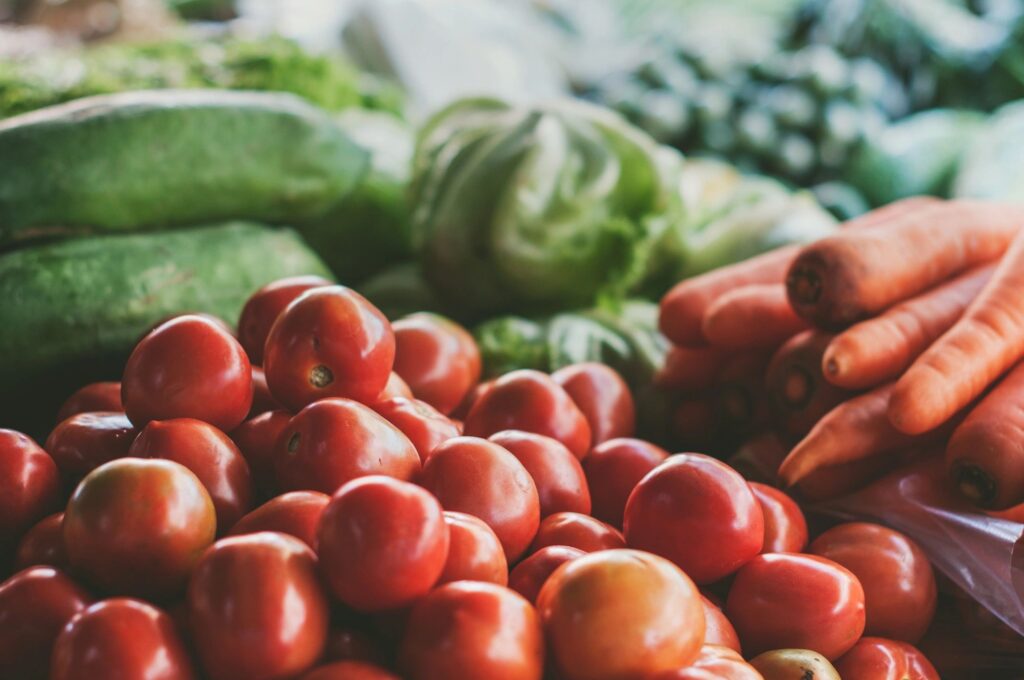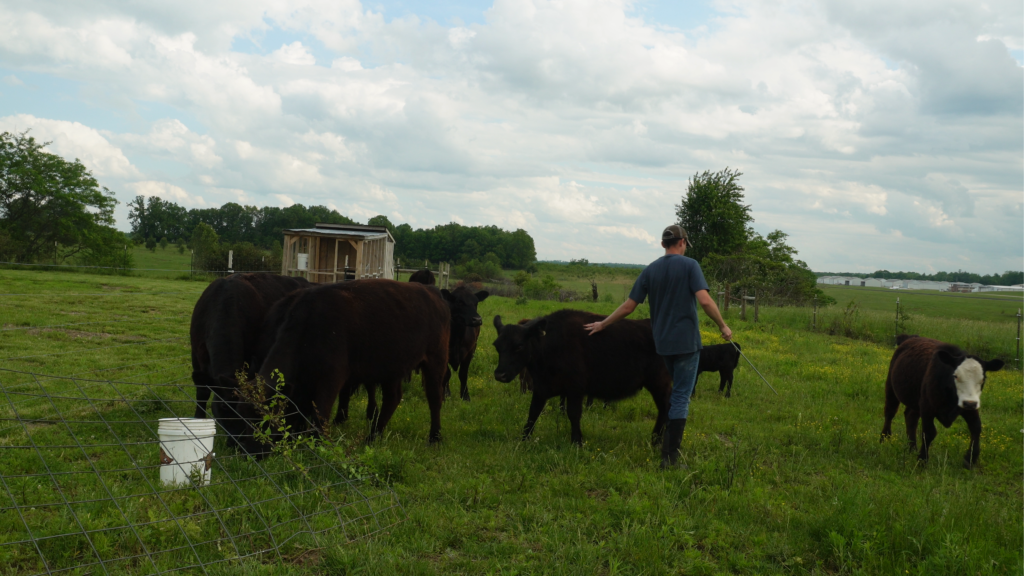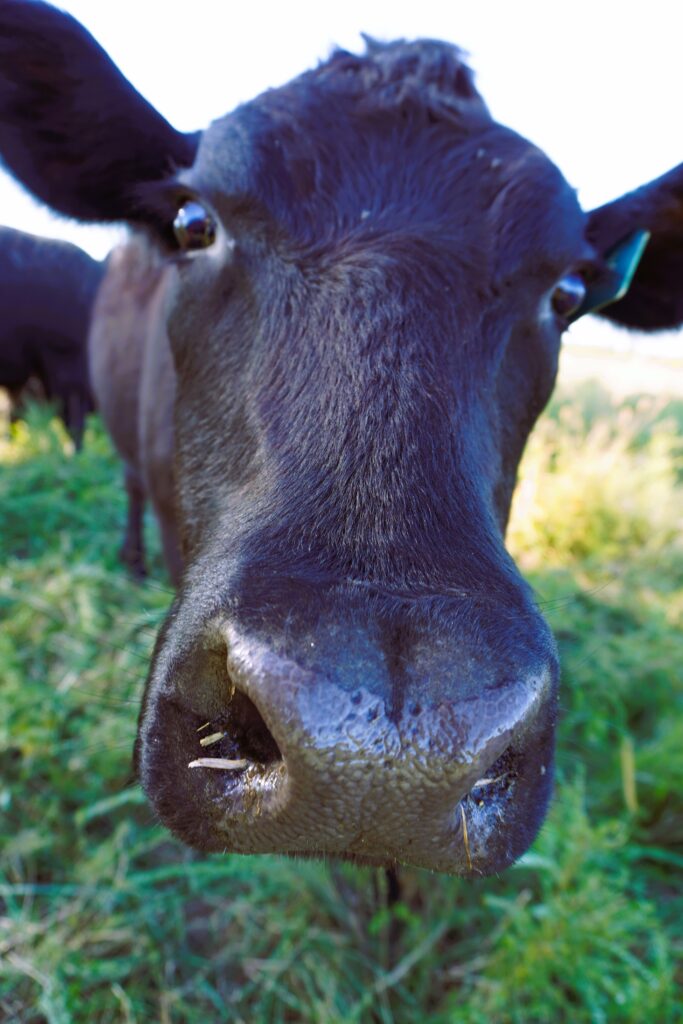The common phrase, “The customer is always right,” has been attributed to a few different prominent businessmen around the turn of the 20th Century. Unfortunately, it’s one of the biggest reasons that the US food system is in the shape that it is today. Many American consumers have distorted views of quality when it comes to their food.
For instance, many in the US believe that double yoked eggs are a sign of some sort of defect with the egg itself while so many others around the world consider them to be a sign of good fortune. The reason for this is the demand for conformity in the marketplace.

For generations now, Americans have been conditioned to believe that any kind of blemish is unacceptable.
They expect all fresh produce to look a certain way, just like it does in the supermarket. They like large, tasteless fruits and vegetables that are usually underripe. I once heard a farmer who produces tomatoes on a large scale tell a story about trying to sell high quality heirloom tomatoes to a professionally trained chef.
He said that the chef told him something was wrong with the sample tomato because it was too soft to cut with the knife that he was using. The farmer said that he told the chef that’s because the tomato was ripe, and his knife was dull. Needless to say, the chef didn’t like what he was told, and said he preferred to buy firm tomatoes, just like you see in the supermarket.
Let me tell you something about the produce in the supermarket.
Early in my working career I worked in a couple different supermarkets, as the manager of the produce department. I’ll tell you, I had a lot of fun doing that job, for multiple reasons. One being that I made a lot of money for myself and my department because of two things: 1. the customer’s inability to judge quality and 2. their inability to do basic math.
I’ll explain by sticking with the subject of tomatoes. We often ran loose tomatoes on sale at cost, or even at a loss, because tomatoes are very popular, and they bring customers to the store. I would offset my losses by packing the very same tomatoes that were on sale in packages of 2 or 4 at nearly 3 times the sale price. I would sell out of the packaged tomatoes before I would sell the loose ones.
I firmly believe that is because my customers thought that the tomatoes in the packages were somehow safer than the loose tomatoes. Now, I’m not saying this to brag or make it sound as though I’m smarter than anyone else.
I’m just as susceptible to falling for a gimmick as anyone else.
I want you to understand this, good presentation can disguise poor quality and low value. It’s important that you make sure that your customers understand what they’re actually getting. If you’re producing a superior product, tell your customers why. Educate them as to why what you’re doing is better than what they’ll find at the local supermarket, or anywhere else for that matter.




We have been conditioned as consumers to buy certain types of food.
At the risk of sounding like some kind of conspiracy theorist, we’ve all been conditioned to see quality and value in a certain way, and anything that runs contrary to that must be bad. The reality is that the way we’ve been conditioned to see things in a way that best serves the industrial food system.
For instance, take a look at all of these words that the USDA has decided to define for the consumer. Free range, according to the USDA, simply means that chickens have access to the outside for at least 51% of their lives. Meaning that as long as there’s a door left open in the chicken barn, you can call them free range. Whether they actually go outside, who knows?



Another one is organic, and there’s honestly nothing that frustrates me more than the term “organic.” One might think that organic means that a product is free from pesticides, NOPE! You also might think that organic means that something contains 100% organic products, the answer is no on that one too! Maybe you were thinking that organic means that there are no synthetic inputs or ingredients, also NO! I think you get the point.
It’s important that you define your products because there’s danger in buzzwords. Use real terms, not industrial food or government defined words, to explain how you do what you do. The whole point of the local food movement is to help people get back in touch with where their food actually comes from.
